Advertisement
The veins that look big, twisted, and protruding often are called varicose veins. They usually come up on the legs. When valves in these veins get weak or hurt, it results in blood gathering and pressure increasing. This situation can cause discomfort, make your leg swell, and may also lead to severe problems like ulcers or the formation of clots in the blood. To manage varicose veins, it is important to know what causes them and their symptoms. There are many treatments but people often ask if exercise can help reduce or even remove the impact of varicose veins. This article will discuss how exercise is connected to varicose veins, explain good exercises, and ways to prevent keeping your veins healthy.
Exercise is very important for total health, including the well-being of veins. When a person does regular physical activities, it boosts blood flow, makes leg muscles strong, and keeps weight under control. All these help in lessening the chance to get varicose veins or reduce its effects if someone has them already. Doing activities that support better blood flow may assist in lessening vein pressure and enhancing their working. Thus, adding exercise to your everyday schedule can be an active method to improve the health of your veins.
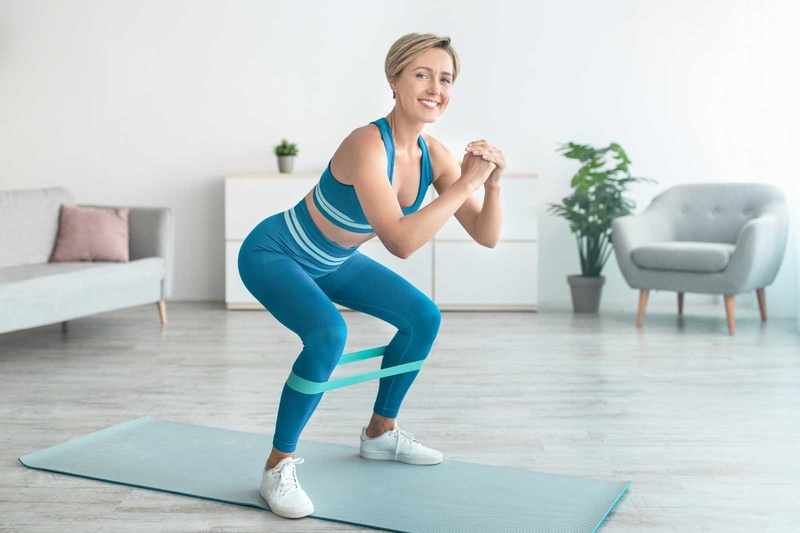
Besides making muscles stronger, doing exercise can also make the venous pump system work better. This system uses muscle squeezes to help move blood back toward the heart, especially from parts of the body below the waist. If people do regular physical activities, they can make this natural pumping process better and lower the chances of blood getting stuck in their legs. After doing exercise, if you lift your legs it can help more with the flow of blood back to the heart. This can improve overall blood movement and lessen signs that come from varicose veins.
When you think about physical activity for varicose veins, it's crucial to concentrate on those that are low-impact and can boost blood flow without putting stress on the legs. Walking is typically highly suggested as a practice. It's uncomplicated, easy to do anywhere, and very efficient in enhancing the circulation of blood. Swimming is also a great choice because it gives a workout to the entire body and lessens the burden on the lower legs. Riding a bike, either stationary or outside, promotes blood flow and makes leg muscles stronger without putting strain on veins. Adding exercises that improve flexibility and strength can further boost the overall health of veins. Stretching simple routines can enhance flexibility, and strength training using light weights may aid muscle tone. In the end, this could positively impact vein function.
Doing particular exercises that focus on the calf muscles can be very helpful for people who have varicose veins. For instance, an exercise called calf raises is a simple method to engage these muscles and enhance blood circulation. Moreover, some yoga positions that require the raising of the legs can increase blood flow and reduce swelling. An inclusive method containing diverse workouts makes sure that various muscle sections are involved, adding to total blood vessel health.
Exercise is good for health, but people with varicose veins need to be careful about physical activity. You must pay attention to your body and stay away from exercises that cause pain or increase symptoms. The right shoes are very important; if you wear shoes that provide support, it can keep the correct alignment and lessen pressure on the legs. Keeping water level in the body is as important because if we do not drink enough water it can change blood flow and affect the health of veins. Slowly increasing how hard you work out may avoid hurting yourself and make sure your body gets used to this new routine. You should ask a medical expert or physical therapy person who can give advice suited to an individual's health condition and requirements.
Besides selecting the right shoes, people should think about when and how long they will exercise. Doing shorter workouts more regularly could be good, especially for those who feel pain during long periods of activity. Also, doing warm-ups before exercising and cool-downs after can support getting muscles and veins ready for movement reducing chances of muscle pull damage while supporting the body's healing process.
Besides exercise, some changes in your way of living can help improve the health of your veins. It's really important to keep a healthy body weight because having too much weight puts more pressure on the veins and this might make varicose veins worse. Eating a diet with a balance that has lots of fiber, fruits, and vegetables can enhance blood flow and stop constipation from happening which could worsen problems related to veins. It is also significant to not sit or stand for long times. If you take breaks to move, it can help the blood flow and stop making symptoms worse. If you raise your legs while resting, it can lessen swelling and reduce pain. Changing how you live like this, as well as exercising regularly will give you a full-body method for dealing with varicose veins.
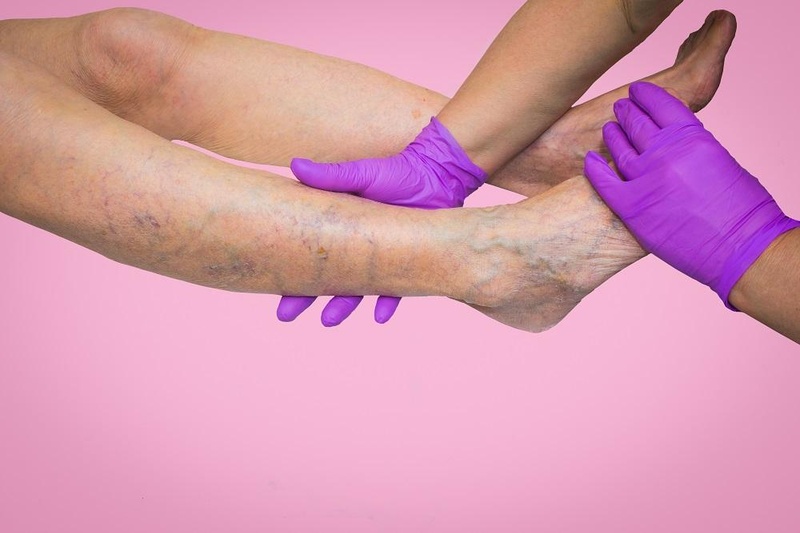
If you keep your legs raised regularly, it can notably improve blood flow. Using a small stool or pillow to elevate your legs while sitting or lying down helps this practice, particularly during longer rest times. Additionally, wearing special tight socks called compression stockings may decrease swelling and increase circulation when doing everyday tasks. They give extra help together with changes in daily habits.
Exercise and changes in lifestyle can be very helpful for people who have varicose veins. But, it is important to know when you should get help from a medical professional. If your symptoms become worse or if new symptoms appear like extreme pain, skin alterations, or bleeding then maybe you need to talk with a health expert. This doctor can check how serious the condition has become and suggest suitable treatments that might involve compression therapy, sclerotherapy, or operation procedures. Knowing the signals that show a need for expert help can avoid problems and make sure varicose veins are managed well.
It's very important to actively observe any changes in the state of your veins. Going for regular medical examinations can contribute significantly towards recognizing health issues early, hence giving sufficient time for treatment actions. Furthermore, maintaining a record of signs and daily tasks might be useful to healthcare experts when evaluating how switching living habits and physical activity affect vein well-being. This enables them to provide suggestions that meet personal requirements.
To conclude, doing physical activities by itself may not completely cure varicose veins. However, it has a big part in encouraging vein health and reducing symptoms. Regularly doing exercises along with changes to the way you live can enhance blood flow and decrease the chances of problems related to varicose veins from happening. Always ask advice from your healthcare professional before starting new exercise habits, especially if there is already a problem with your veins or other medical conditions present. When people take steps ahead of time to keep their veins healthy, it can greatly improve how they live.
Advertisement
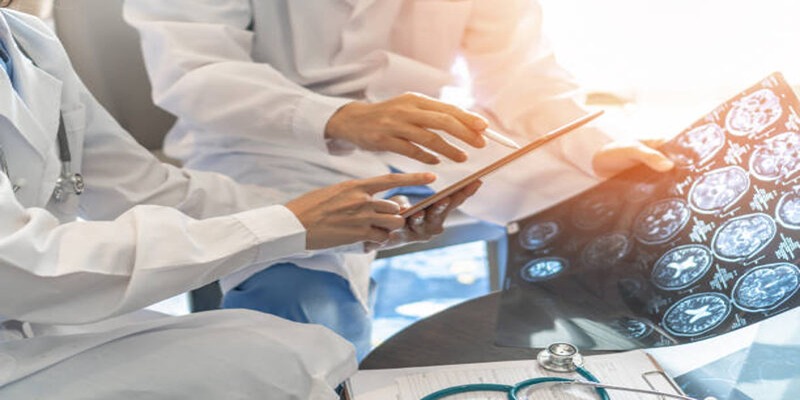
By Korin Kashtan/Feb 19, 2025

By Nancy Miller/Oct 21, 2024

By Gabrielle Bennett /Mar 16, 2025
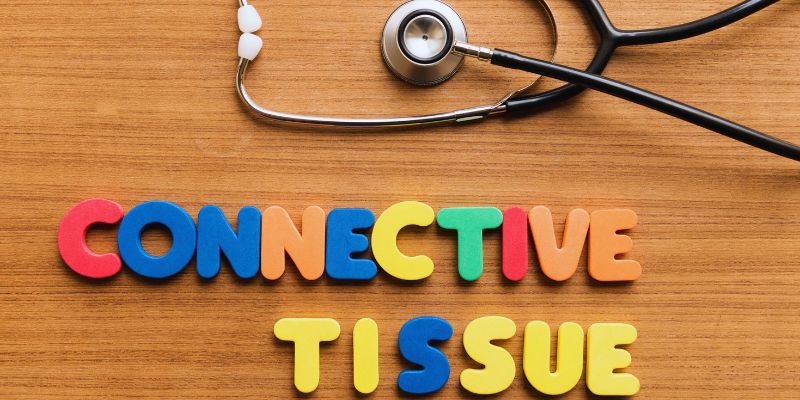
By Alison Perry/Feb 08, 2025
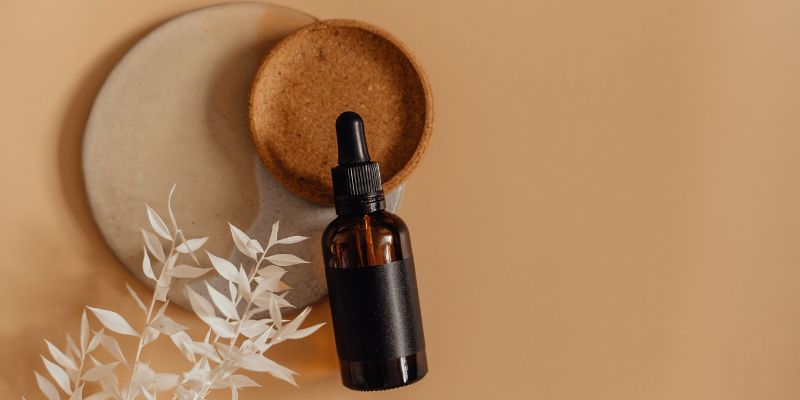
By Madison Evans/Dec 06, 2024
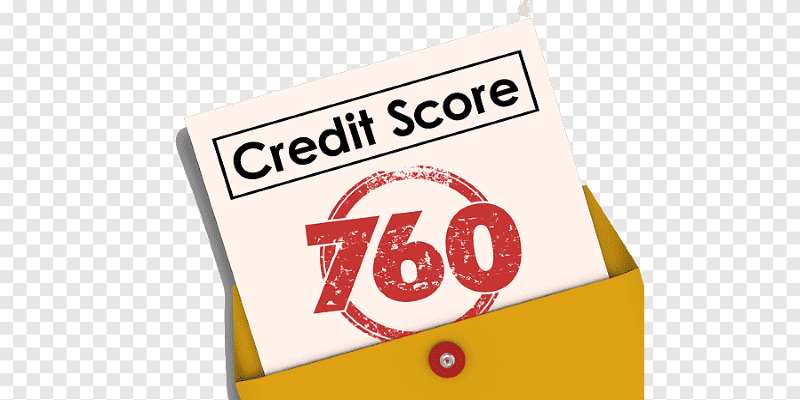
By Elva Flynn/Mar 17, 2025

By Vicky Louisa/Dec 07, 2024

By Elena Davis/Oct 09, 2024

By Verna Wesley/Oct 04, 2024

By Gabrielle Bennett /Oct 14, 2024

By Aldrich Acheson/Oct 07, 2024
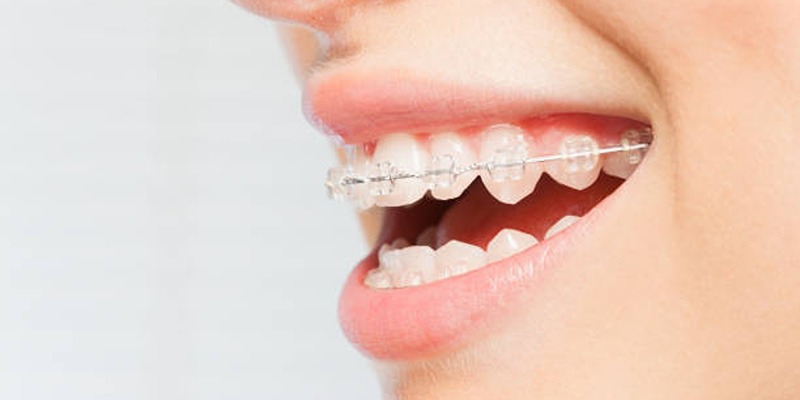
By Maurice Oliver/Nov 22, 2024